Mulberry tree (propagated from mature tree's cutting) Not Fruiting
Anisia Seeruttun
4 years ago
last modified: 4 years ago
Featured Answer
Sort by:Oldest
Comments (32)
Smivies (Ontario - 5b)
4 years agoRelated Professionals
Bainbridge Island Landscape Contractors · Brownsville Landscape Contractors · Fort Worth Landscape Contractors · Plainview Landscape Contractors · Kirkland Siding & Exteriors · Saratoga Springs Siding & Exteriors · Wareham Siding & Exteriors · Layton Decks, Patios & Outdoor Enclosures · Prichard Decks, Patios & Outdoor Enclosures · Riverside Decks, Patios & Outdoor Enclosures · Eustis Decks, Patios & Outdoor Enclosures · Zion Landscape Architects & Landscape Designers · Roxbury Crossing Landscape Architects & Landscape Designers · Mission Viejo Landscape Contractors · Merrifield Landscape Contractorsfloral_uk z.8/9 SW UK
4 years agolast modified: 4 years agoAnisia Seeruttun thanked floral_uk z.8/9 SW UKAnisia Seeruttun
4 years agoAnisia Seeruttun
4 years agoAnisia Seeruttun
4 years agoAnisia Seeruttun
4 years agoAnisia Seeruttun
4 years agoAnisia Seeruttun
4 years agoAnisia Seeruttun
4 years agoAnisia Seeruttun
4 years agoAnisia Seeruttun
4 years agoAnisia Seeruttun
3 years agoruth_mi
3 years agoAnisia Seeruttun
3 years agoAnisia Seeruttun
3 years agoAnisia Seeruttun
3 years agoruth_mi
3 years ago
Related Stories
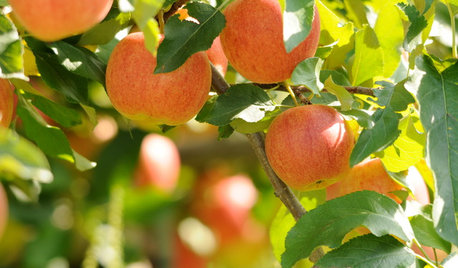
TREESHow to Plant a Fruit Tree
Great Home Project: Choose the best tree for your region, plant it to thrive and enjoy sweet rewards year after year
Full Story
FARM YOUR YARDIf You Have Room for Only One Fruit Tree ...
Juice up a small garden with one of these easier-care or worth-the-effort fruit trees for a mild climate
Full Story
EDIBLE GARDENSHow to Grow 10 Favorite Fruit Trees at Home
Plant a mini orchard in fall, winter or early spring to enjoy fresh-off-the-tree fruit the following year
Full Story
EDIBLE GARDENSHow to Add an Apple Tree to Your Edible Garden
Readily available, beautiful and fragrant, apple trees offer four-season interest along with crisp, juicy fruit
Full Story
GARDENING GUIDESHow to Keep Your Citrus Trees Well Fed and Healthy
Ripe for some citrus fertilizer know-how? This mini guide will help your lemon, orange and grapefruit trees flourish
Full Story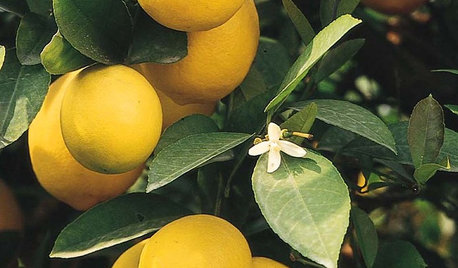
EDIBLE GARDENSThere’s a Lot to Love About a Meyer Lemon Tree
See how to grow this sweet fruit tree
Full Story
GARDENING GUIDESPlant Black Cherry Trees for the Birds and Bees
Plant Prunus serotina in the Central and Eastern U.S. for spring flowers, interesting bark and beautiful fall color
Full Story
LANDSCAPE DESIGNThe Unparalleled Power of Trees
Discover the beauty and magic of trees, and why a landscape without them just isn't the same
Full Story
LANDSCAPE DESIGNPretty Trees for Patios, Paths and Other Tight Spots
Choose trees for their size, shape and rate of growth — or shape them to fit your space. Here's how to get started
Full Story
GARDENING GUIDESPrunus Virginiana Thrives Under Deciduous Trees
Plant chokecherry for showy white flowers favored by native bees in spring, and to provide nesting habitat and food for birds
Full Story





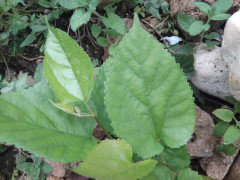
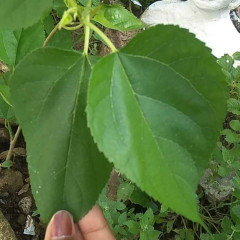

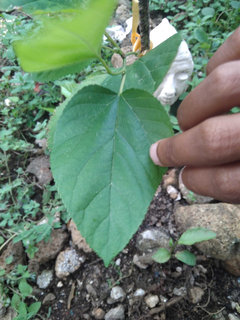
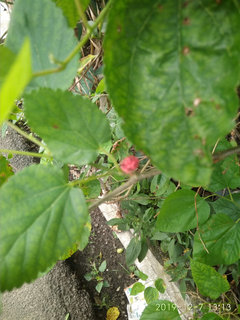
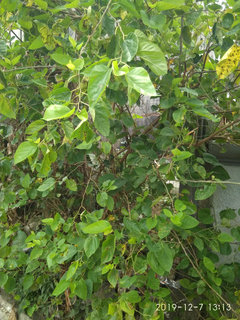
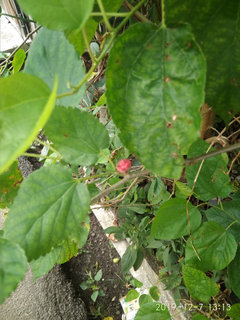
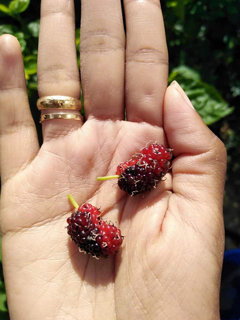
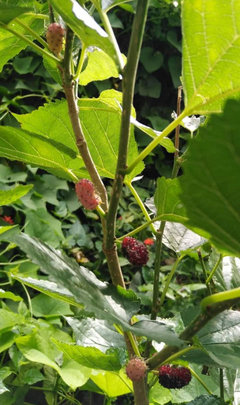
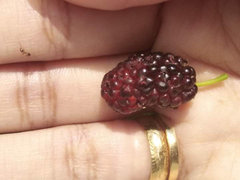
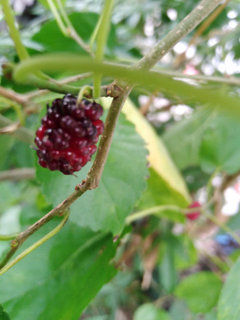
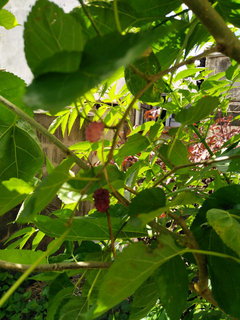
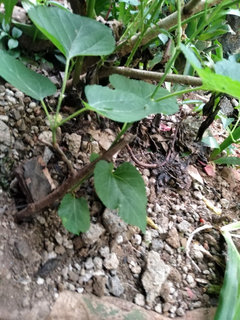
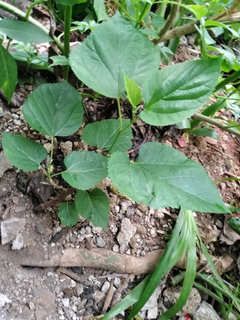
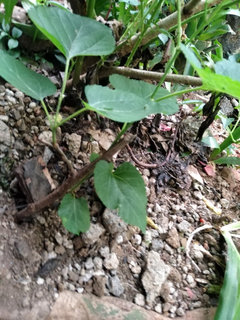
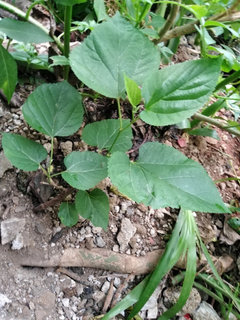
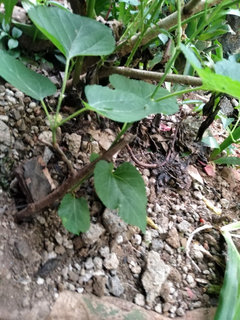
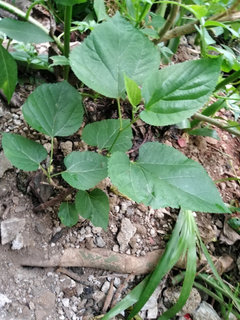


gardengal48 (PNW Z8/9)